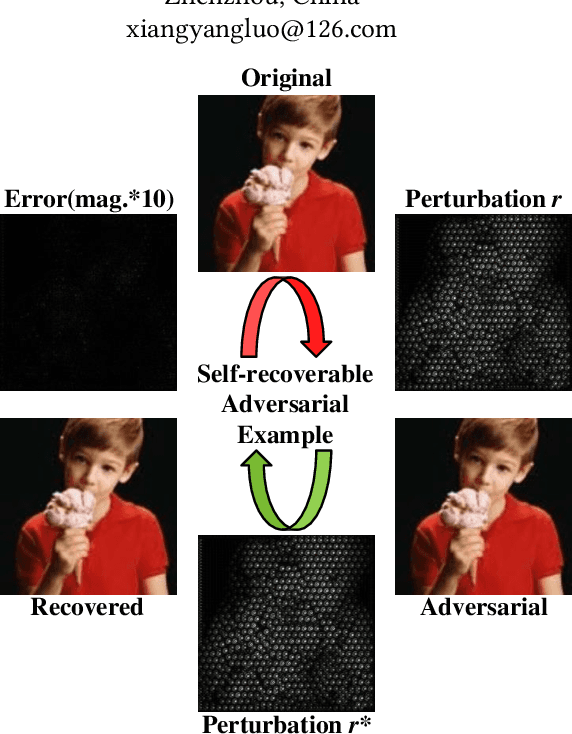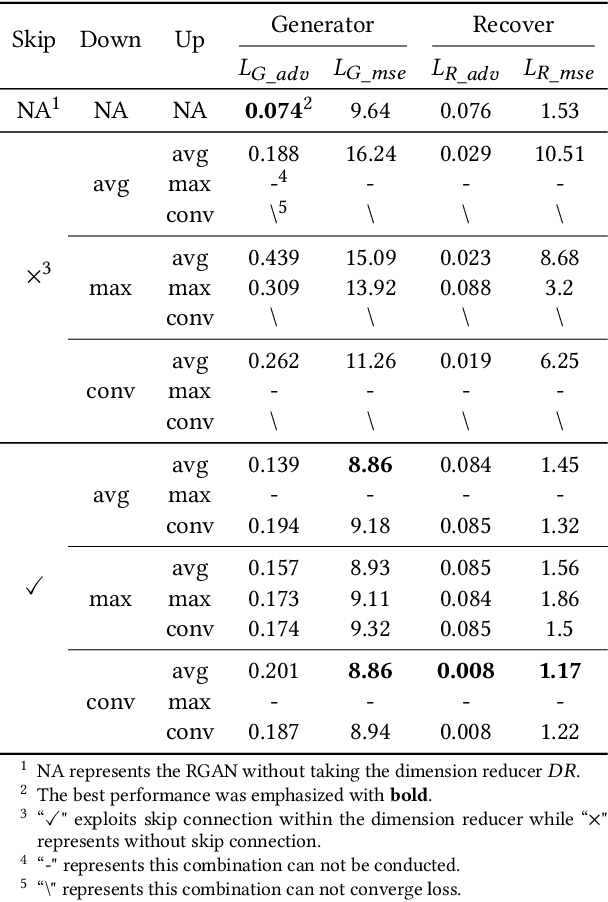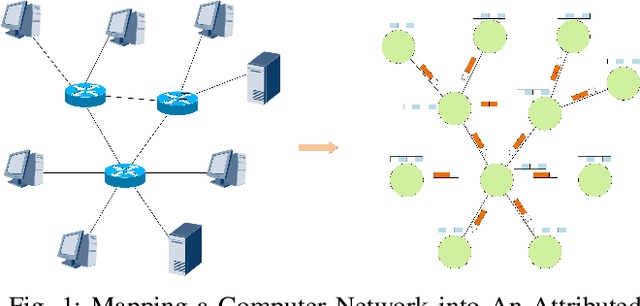Jinwei Wang
Renal Division, Department of Medicine, Peking University First Hospital, Beijing, China
KidneyTalk-open: No-code Deployment of a Private Large Language Model with Medical Documentation-Enhanced Knowledge Database for Kidney Disease
Mar 06, 2025Abstract:Privacy-preserving medical decision support for kidney disease requires localized deployment of large language models (LLMs) while maintaining clinical reasoning capabilities. Current solutions face three challenges: 1) Cloud-based LLMs pose data security risks; 2) Local model deployment demands technical expertise; 3) General LLMs lack mechanisms to integrate medical knowledge. Retrieval-augmented systems also struggle with medical document processing and clinical usability. We developed KidneyTalk-open, a desktop system integrating three technical components: 1) No-code deployment of state-of-the-art (SOTA) open-source LLMs (such as DeepSeek-r1, Qwen2.5) via local inference engine; 2) Medical document processing pipeline combining context-aware chunking and intelligent filtering; 3) Adaptive Retrieval and Augmentation Pipeline (AddRep) employing agents collaboration for improving the recall rate of medical documents. A graphical interface was designed to enable clinicians to manage medical documents and conduct AI-powered consultations without technical expertise. Experimental validation on 1,455 challenging nephrology exam questions demonstrates AddRep's effectiveness: achieving 29.1% accuracy (+8.1% over baseline) with intelligent knowledge integration, while maintaining robustness through 4.9% rejection rate to suppress hallucinations. Comparative case studies with the mainstream products (AnythingLLM, Chatbox, GPT4ALL) demonstrate KidneyTalk-open's superior performance in real clinical query. KidneyTalk-open represents the first no-code medical LLM system enabling secure documentation-enhanced medical Q&A on desktop. Its designs establishes a new framework for privacy-sensitive clinical AI applications. The system significantly lowers technical barriers while improving evidence traceability, enabling more medical staff or patients to use SOTA open-source LLMs conveniently.
HDM: Hybrid Diffusion Model for Unified Image Anomaly Detection
Feb 26, 2025Abstract:Image anomaly detection plays a vital role in applications such as industrial quality inspection and medical imaging, where it directly contributes to improving product quality and system reliability. However, existing methods often struggle with complex and diverse anomaly patterns. In particular, the separation between generation and discrimination tasks limits the effective coordination between anomaly sample generation and anomaly region detection. To address these challenges, we propose a novel hybrid diffusion model (HDM) that integrates generation and discrimination into a unified framework. The model consists of three key modules: the Diffusion Anomaly Generation Module (DAGM), the Diffusion Discriminative Module (DDM), and the Probability Optimization Module (POM). DAGM generates realistic and diverse anomaly samples, improving their representativeness. DDM then applies a reverse diffusion process to capture the differences between generated and normal samples, enabling precise anomaly region detection and localization based on probability distributions. POM refines the probability distributions during both the generation and discrimination phases, ensuring high-quality samples are used for training. Extensive experiments on multiple industrial image datasets demonstrate that our method outperforms state-of-the-art approaches, significantly improving both image-level and pixel-level anomaly detection performance, as measured by AUROC.
Immune Defense: A Novel Adversarial Defense Mechanism for Preventing the Generation of Adversarial Examples
Mar 08, 2023



Abstract:The vulnerability of Deep Neural Networks (DNNs) to adversarial examples has been confirmed. Existing adversarial defenses primarily aim at preventing adversarial examples from attacking DNNs successfully, rather than preventing their generation. If the generation of adversarial examples is unregulated, images within reach are no longer secure and pose a threat to non-robust DNNs. Although gradient obfuscation attempts to address this issue, it has been shown to be circumventable. Therefore, we propose a novel adversarial defense mechanism, which is referred to as immune defense and is the example-based pre-defense. This mechanism applies carefully designed quasi-imperceptible perturbations to the raw images to prevent the generation of adversarial examples for the raw images, and thereby protecting both images and DNNs. These perturbed images are referred to as Immune Examples (IEs). In the white-box immune defense, we provide a gradient-based and an optimization-based approach, respectively. Additionally, the more complex black-box immune defense is taken into consideration. We propose Masked Gradient Sign Descent (MGSD) to reduce approximation error and stabilize the update to improve the transferability of IEs and thereby ensure their effectiveness against black-box adversarial attacks. The experimental results demonstrate that the optimization-based approach has superior performance and better visual quality in white-box immune defense. In contrast, the gradient-based approach has stronger transferability and the proposed MGSD significantly improve the transferability of baselines.
Self-recoverable Adversarial Examples: A New Effective Protection Mechanism in Social Networks
Apr 26, 2022



Abstract:Malicious intelligent algorithms greatly threaten the security of social users' privacy by detecting and analyzing the uploaded photos to social network platforms. The destruction to DNNs brought by the adversarial attack sparks the potential that adversarial examples serve as a new protection mechanism for privacy security in social networks. However, the existing adversarial example does not have recoverability for serving as an effective protection mechanism. To address this issue, we propose a recoverable generative adversarial network to generate self-recoverable adversarial examples. By modeling the adversarial attack and recovery as a united task, our method can minimize the error of the recovered examples while maximizing the attack ability, resulting in better recoverability of adversarial examples. To further boost the recoverability of these examples, we exploit a dimension reducer to optimize the distribution of adversarial perturbation. The experimental results prove that the adversarial examples generated by the proposed method present superior recoverability, attack ability, and robustness on different datasets and network architectures, which ensure its effectiveness as a protection mechanism in social networks.
GCN-Geo: A Graph Convolution Network-based Fine-grained IP Geolocation System
Jan 02, 2022



Abstract:Fine-grained IP geolocation systems often rely on some linear delay-distance rules. They are not easy to generalize in network environments where the delay-distance relationship is non-linear. Recently, researchers begin to pay attention to learning-based IP geolocation systems. These data-driven algorithms leverage multi-layer perceptron (MLP) to model non-linear relationships. However, MLP is not so suitable for modeling computer networks because networks are fundamentally graph-typed data. MLP-based IP geolocation systems only treat IP addresses as isolated data instances, forgoing the connection information between IP addresses. This would lead to sub-optimal representations and limit the geolocation performance. Graph convolutional network (GCN) is an emerging deep learning method for graph-typed data presentation. In this work, we research how to model computer networks for fine-grained IP geolocation with GCN. First, we formulate the IP geolocation task as an attributed graph node regression problem. Then, a GCN-based IP geolocation system named GCN-Geo is proposed to predict the location of each IP address. GCN-Geo consists of a preprocessor, an encoder, graph convolutional (GC) layers and a decoder. The preprocessor and the encoder transform raw measurement data into the initial graph embeddings. GC layers refine the initial graph node embeddings by explicitly modeling the connection information between IP addresses. The proposed decoder can relieve the converging problem of GCN-Geo by considering some prior knowledge about target IP addresses. Finally, the experimental results in three real-world datasets show that: GCN-Geo clearly outperforms the state-of-art rule-based and learning-based baselines on all three datasets w.r.t. average, median and max error distances. This work verifies the potential of GCN in fine-grained IP geolocation.
Digital image splicing detection based on Markov features in QDCT and QWT domain
Dec 21, 2017



Abstract:Image splicing detection is of fundamental importance in digital forensics and therefore has attracted increasing attention recently. In this paper, a color image splicing detection approach is proposed based on Markov transition probability of quaternion component separation in quaternion discrete cosine transform (QDCT) domain and quaternion wavelet transform (QWT) domain. Firstly, Markov features of the intra-block and inter-block between block QDCT coefficients are obtained from the real part and three imaginary parts of QDCT coefficients respectively. Then, additional Markov features are extracted from luminance (Y) channel in quaternion wavelet transform domain to characterize the dependency of position among quaternion wavelet subband coefficients. Finally, ensemble classifier (EC) is exploited to classify the spliced and authentic color images. The experiment results demonstrate that the proposed approach can outperforms some state-of-the-art methods.
 Add to Chrome
Add to Chrome Add to Firefox
Add to Firefox Add to Edge
Add to Edge